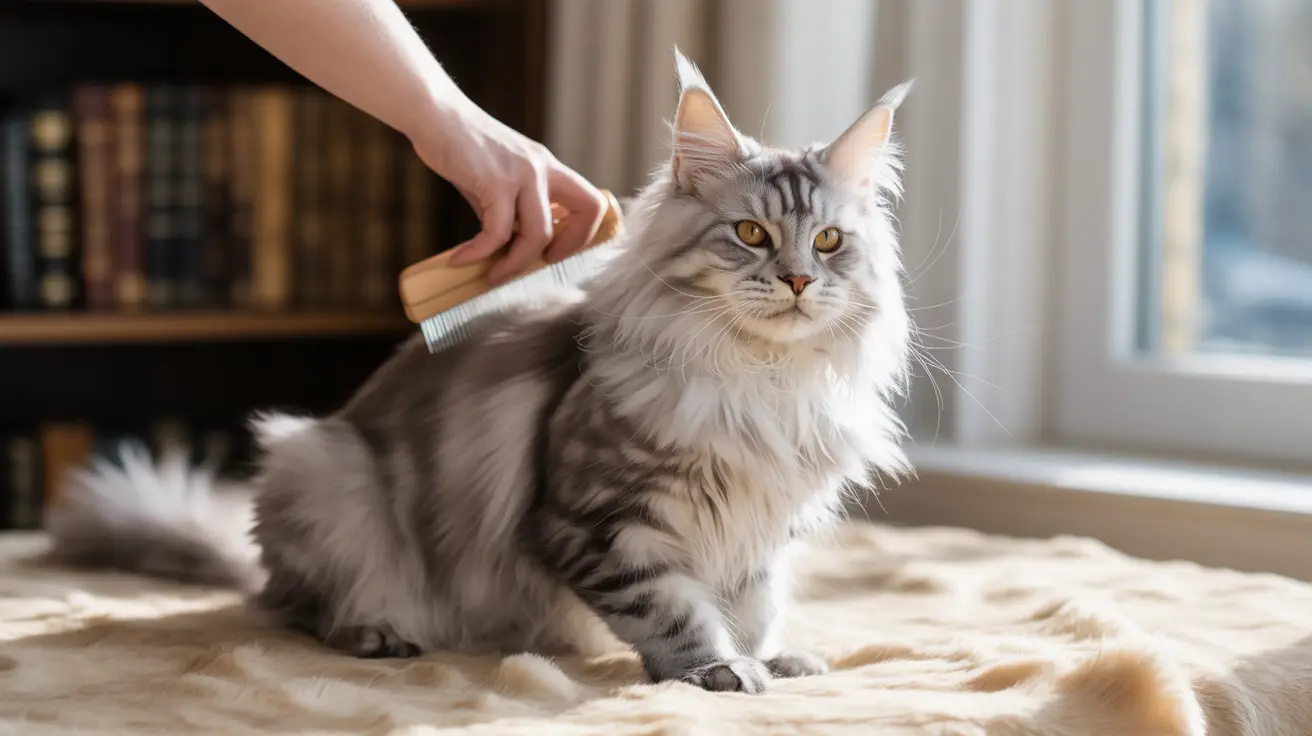While hairballs are a common occurrence in cats, many pet owners wonder about their potential dangers. The truth is, while most hairballs are harmless and naturally expelled, they can indeed become life-threatening in certain circumstances. Understanding these risks and knowing when to seek veterinary care could save your cat's life.
In this comprehensive guide, we'll explore how hairballs can become dangerous, identify warning signs of serious complications, and learn essential prevention strategies to keep your feline friend safe.
Understanding Hairballs and Their Formation
Hairballs, medically known as trichobezoars, develop when cats ingest hair during their regular grooming routine. A cat's tongue has tiny barbs called papillae that capture loose fur, which is then swallowed. While most of this hair passes through the digestive system naturally, some accumulates in the stomach, forming the familiar tubular masses that cats occasionally vomit up.
When Hairballs Become Life-Threatening
Though rare, hairballs can pose serious health risks when they become too large or create blockages. These situations typically occur when:
- The hairball becomes too large to pass through the digestive tract
- Multiple hairballs create an obstruction
- The hairball becomes hardened and unable to move through the system
In these cases, the blockage can prevent food and waste from passing through the digestive system, leading to potentially fatal complications if left untreated.
Critical Warning Signs to Watch For
Recognizing the difference between normal hairball behavior and dangerous symptoms is crucial. Look out for:
- Repeated unsuccessful attempts to vomit
- Lethargy and depression
- Loss of appetite
- Constipation or diarrhea
- Distended or painful abdomen
- Excessive drooling
- Unusual howling or crying
Prevention and Management Strategies
Taking proactive steps to prevent dangerous hairball situations is essential:
- Regular brushing (daily for long-haired cats)
- Specialized hairball-control diets
- Proper hydration
- Regular veterinary check-ups
- Use of veterinary-approved hairball remedies
When to Seek Emergency Care
Don't wait to seek veterinary attention if your cat shows signs of a potential blockage. Emergency care is necessary when:
- Symptoms persist for more than 24 hours
- Your cat shows signs of severe distress
- There's a complete loss of appetite
- You notice significant behavior changes
Frequently Asked Questions
Can hairballs be fatal to cats and how do they cause death?
Yes, hairballs can be fatal if they cause complete intestinal blockage. Without treatment, these blockages can lead to severe complications including tissue death, peritonitis, and eventual organ failure.
What signs indicate a hairball is causing a dangerous blockage in my cat?
Watch for repeated unsuccessful attempts to vomit, lethargy, loss of appetite, constipation, and abdominal pain or swelling. These symptoms require immediate veterinary attention.
How can I prevent hairballs from becoming life-threatening for my cat?
Regular grooming, specialized diets, adequate hydration, and preventive supplements can help reduce hairball risks. Maintain regular veterinary check-ups to catch potential issues early.
When should I take my cat to the vet for hairball-related symptoms?
Seek veterinary care if your cat shows persistent vomiting attempts, stops eating, appears lethargic, or shows signs of abdominal pain. Any symptoms lasting more than 24 hours warrant professional evaluation.
Which cat breeds are most at risk for serious hairball complications?
Long-haired breeds such as Persians, Maine Coons, and Himalayans are at higher risk due to their increased fur volume. However, any cat can develop serious hairball complications.
Remember, while fatal complications from hairballs are relatively rare, they are entirely preventable with proper care and attention. When in doubt, always consult with your veterinarian to ensure your cat's safety and well-being.






